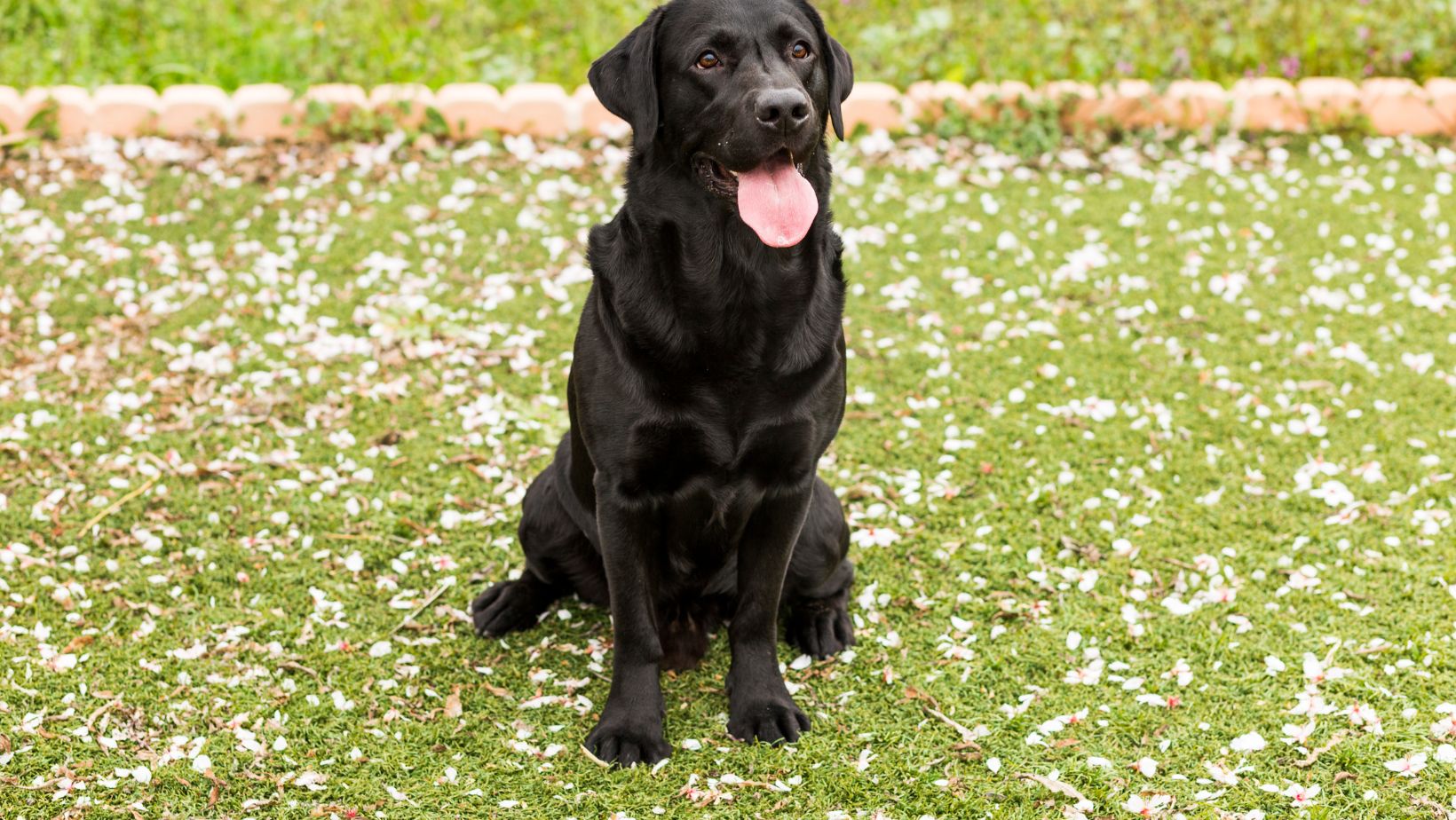How Do You Train a Dog to Sit
Training a dog to sit is an essential command that every pet owner should teach their furry companions. When it comes to training a Labrador, patience and consistency are key. So, how do you train a Labrador to sit? Let me share some effective methods that can help you achieve this goal.
One approach is using positive reinforcement techniques. Start by holding a treat close to your Labrador’s nose and slowly move it upwards, so their head tilts back naturally. As they follow the treat with their eyes, their bottom will naturally lower into a sitting position. The moment their bottom touches the ground, praise them enthusiastically and give them the treat as a reward. Repeat this process several times until they start associating the action of sitting with the treat and praise.
Starting with Basic Commands: Teaching ‘Sit’
Basic Commands: A Foundation for Dog Training
When it comes to training your furry friend, starting with basic commands is essential. One of the fundamental commands every dog should learn is ‘sit.’ Whether you have a playful Labrador or any other breed, teaching them to sit serves as a building block for more advanced obedience training.
To begin, ensure you have a calm and distraction-free environment. It’s important that both you and your dog are in the right mindset for effective training. Remember, consistency and patience are key throughout this process.
Setting Up a Proper Training Environment
Creating an ideal training environment will contribute greatly to the success of teaching your Labrador to sit:
- Limited Distractions: Start indoors where there are fewer distractions so that your dog’s focus remains solely on learning the command.
- Reward System: Prepare small treats that motivate and reward your Lab whenever they successfully sit on command. Positive reinforcement enhances the learning experience and encourages repetition.
- Consistency: Use consistent verbal cues, such as saying “sit” in a clear and firm voice, to associate the action with the command. Reinforce this by gently guiding your dog into a sitting position if needed.
Remember, each dog is unique, and training methods may vary. It’s crucial to observe your Labrador’s behavior and adjust your approach accordingly. With patience, consistency, and positive reinforcement, teaching ‘sit’ can become an enjoyable experience for both you and your furry friend.

Expanding Beyond ‘Sit’: Advanced Techniques and Commands
Now that your Labrador has mastered the basic command of sitting, it’s time to take their training to the next level. In this section, we’ll explore some advanced techniques and commands that will not only challenge your dog but also strengthen the bond between you.
- Stay: Teaching your Labrador to stay in one place is a valuable skill that can come in handy in various situations. Start by commanding your dog to sit, then extend your hand towards them while firmly saying “stay.” Take a step back and wait for a few seconds before releasing them with an encouraging word like “okay” or “release.” Gradually increase the duration of the stay as your dog becomes more comfortable with the command.
- Lie Down: The “lie down” command is useful when you want your Labrador to settle down or if you’re teaching them more complex tricks like rolling over. Begin by having your dog sit, then hold a treat close to their nose and slowly lower it towards the ground while saying “lie down.” As their head follows the treat, their body should naturally follow suit. Once they’re in a lying position, reward them with praise and treats.
- Leave It/Drop It: These commands are essential for preventing your Labrador from picking up harmful objects or letting go of something they shouldn’t have. To teach “leave it,” place a treat on the ground and cover it with your hand while saying “leave it.” When they stop trying to get to the treat, reward them with another treat from your other hand. For “drop it,” start by playing tug-of-war with a toy and gently say “drop it” while offering a tasty treat as an exchange for releasing the toy.
- Heel: Walking calmly beside you is crucial both for control during walks and public outings. Begin by holding a leash in one hand and standing next to your Labrador. Start walking, and if they begin to pull or wander off course, quickly change direction while saying “heel.” When your dog returns to your side, reward them with praise and a treat. Consistency is key for mastering this command.
By expanding beyond just teaching your Labrador to sit, you are not only enhancing their obedience skills but also stimulating their minds and promoting a healthy relationship between you and your four-legged companion.